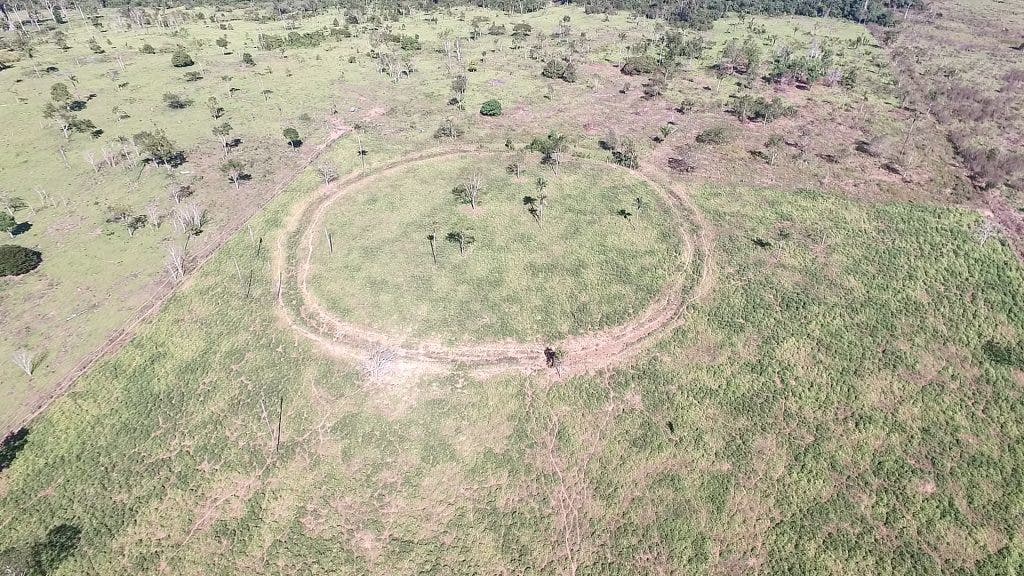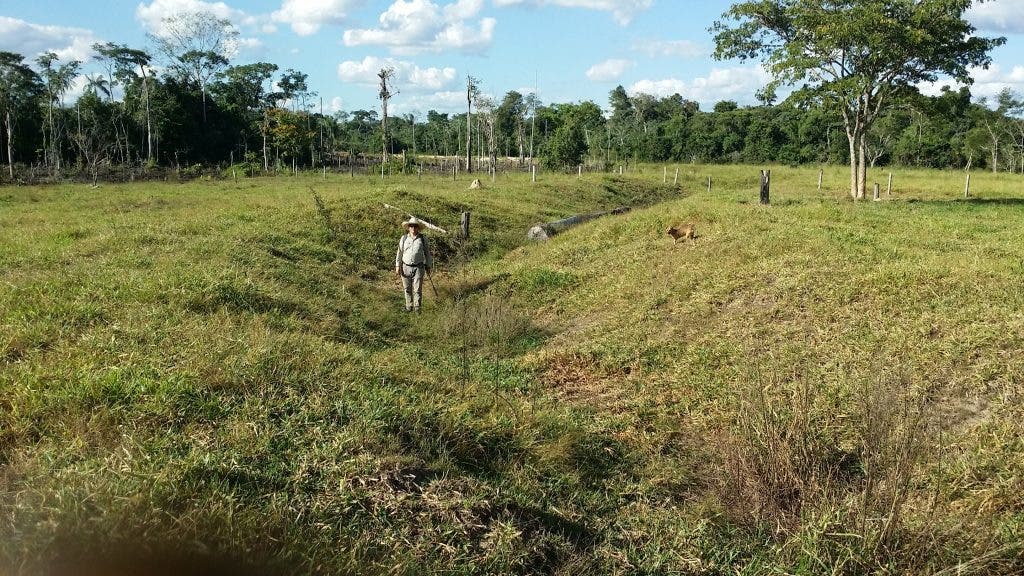The Amazon was a much more culturally diverse area than we thought, new studies show.

Credit: José Iriarte.
With the advent of new remote sensing technologies, archaeologists are uncovering more and more evidence of rich pre-Colombian civilizations (prior to the arrival of Europeans in the Americas in the 1490s). The new study reports newly discovered earthworks, including fortified villages, dating to 1250‒1500 AD in the Upper Tapajós Basin (the Tapajós is one of the biggest tributaries to the Amazon).
Jonas Gregorio de Souza and colleagues used satellite images to survey this area and found 81 new archaeological sites with a total of 104 earthworks. The finding is a missing puzzle piece which archaeologists had their eye on for quite a while.
“We expected this area to have archaeological sites because they were found in the surroundings. The region we surveyed was a “missing link” that could connect the sites found to the east and the west, and that is what we were looking for,” de Souza told us in an email.
After the aerial survey confirmed the presence of pre-Columbian earthworks, they went down to these sites, conducting 24 ground surveys, finding clear evidence of habitation. Among others, archaeologists found ceramics and polished stone axes, as well as anthropogenic dark earth (a pre-Columbian type of fertilized soil), and middens (a dump for domestic waste).
Interestingly, there wasn’t just one civilization that made all these structures. Scientists found evidence of several cultures, each with their own particularities and different type of settlement.
“Now we know there were many cultures living in the southern limits of the Amazon building similar kinds of earthworks. Southern Amazonia has one of the highest cultural and linguistic diversities of the whole continent, and that is confirmed by archaeology. Even if the whole region shares the practice of building geometrical earthworks, each area has a particular architectural tradition and style of ceramic artifacts. Some of the sites were fortified villages, others were ceremonial centers,” de Souza told ZME Science.

Based on the distribution and size of known earthworks, authors believe that similar habitations may have extended over more than 400,000 km2 of the southern parts of the Amazon basin, with a population of 500,000 to 1 million people in late pre-Columbian times.
This challenges the assumption that Amazonia was an undisturbed area — according to recent evidence, thriving civilizations called the Amazon basin their home.
“The most important thing is that now we know these were large populations that had a higher impact on the environment than previously thought. That contradicts the common image of Amazonia as an untouched forest occupied by scattered nomadic people. We are talking about an 1800-km stretch of rainforest that was transformed by various cultures of earth builders in pre-Columbian times,” de Souza concludes.
The study has been published in Nature.
Was this helpful?



